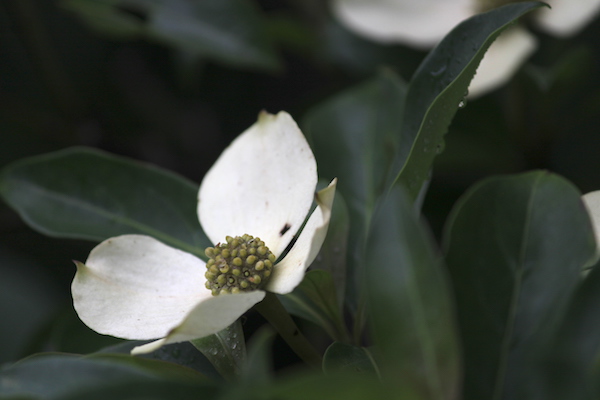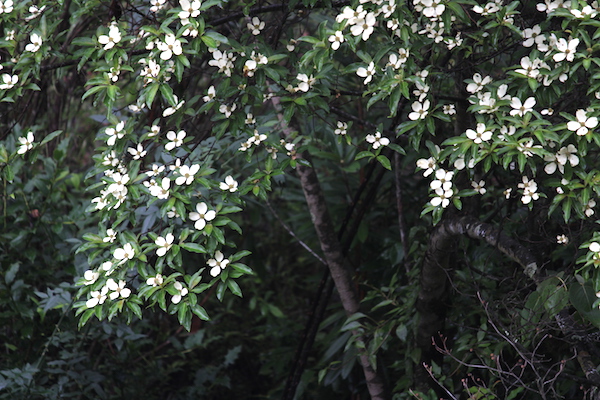“Bamaur! what a lyrical name”, I exclaimed. I first noticed this beautiful tree on the property acquired by a friend in village Chhatola, where I live in Uttarakhand. It was the month of October and the tree was lush green with fruits that resembled strawberries. My friend did not know what it was, nor did those from the village working there.
While my friend was cautious not to cut the precious patch of Oak and a few Rhododendron trees he had inherited, he was contemplating cutting this one to expand the pathway. Unfortunately, trees, like most of nature, must prove their worth either in terms of ornamental value or in terms of economic viability. With neither, they don’t have any space in the gardens of human beings.
I collected a few fruits from the tree and walked straight to Bubu who lived next to my house. ‘Bamaur’, said Bubu, looking at the fruit.

Next year, around June – July, I noticed a big tree with lemony yellow flowers around the stream next to my house. I would have easily missed this blossom had I not been walking on the path above the creek where this tree was; since the flowers look skywards they are hardly visible from below.
This was ten years back. Since then many of these trees around the village were chopped down to clear the land for construction.
Most of us who visit or live in Uttarakhand, are mesmerized by the flamboyance of Rhododendron blossom, unique to the Central and the Greater Himalayas, exalted by writers and artists. Very few know of the sublime beauty of Bamaur – Cornus capitata also known as the Himalayan Strawberry tree; the Dogwood.
The tree is inconspicuous – shy in its demeanour and sublime in its beauty. The lemonish green flowers placed against dark green leaves look upwards to the sky, visible when seen from above. However, from below Its minute flowers, surrounded by four conspicuous, sky-facing bracts, create a lovely silhouette.
Bamaur is native to the Himalayas and can grow up to 30ft high. The fruit which looks like strawberry, hence the name Himalayan Strawberry Tree, is edible but slightly bitter. It is a broad-leaved species which doesn’t shed its leaves in winter.
If you have it growing on your property, you should certainly consider yourself fortunate, since it has recently been assessed for The IUCN Red List of Threatened Species in 2018. If not, you can easily propagate it with a cutting, or by sowing the seeds.
Do ask for this tree when you visit the nurseries around. Create a demand for it, for it is a beautiful tree.
When planting, plant it at a lower elevation than your house. When you look down you will see its flowers looking up towards you, smiling their lemony smile.

Instead of importing exotics, let’s explore what’s growing around us. Also, almost all that grows in the temperate climate of Europe, grows here in the Central Himalayas. We need to look beyond the obvious and appreciate the local beauty. The mountains are more than the conifers. Himalayan biodiversity is one of the finest.
Chhatola still has a good cluster of Bamaur trees; if we are unaware of it, we will lose these well-established clusters of trees, we should be proud of having inherited.